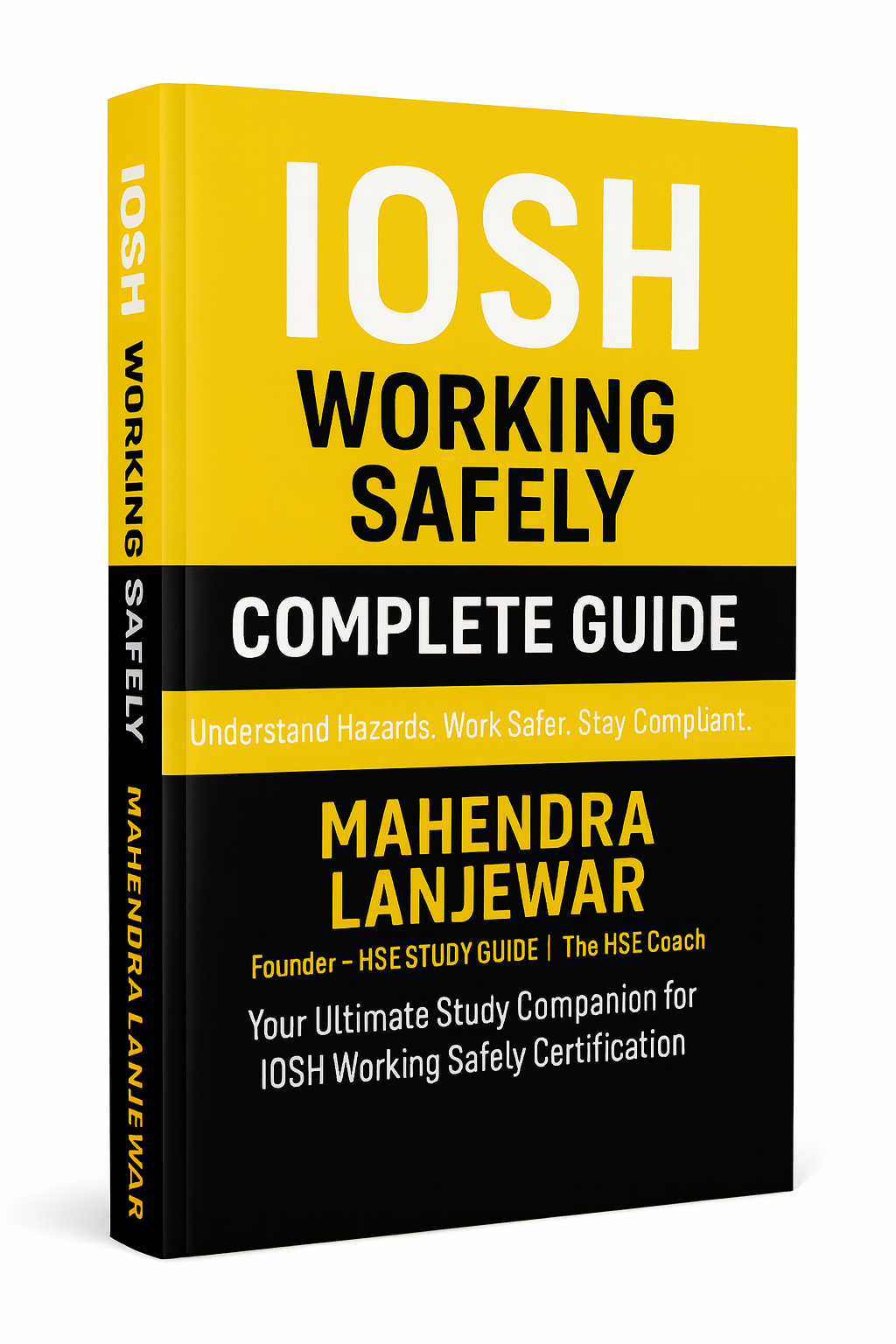
Workplace Safety Slogans: Promoting a Culture of Safety
Introduction
Workplace Safety Slogans : Workplace safety is of utmost importance to ensure the well-being of employees and the overall success of an organization. While implementing safety protocols and regulations is essential, a powerful yet often overlooked tool in promoting safety awareness is workplace safety slogans. These short, impactful phrases have the potential to engage employees, remind them of safety measures, and foster a culture of safety within the organization.
The Importance of Workplace Safety Slogans
Workplace safety slogans serve as powerful reminders of the potential hazards that exist in the work environment. They act as beacons of caution and emphasize the organization’s commitment to the well-being of its employees. When prominently displayed, these slogans create an immediate impact on employees’ consciousness, encouraging them to act responsibly and make safe choices.
Characteristics of Effective Workplace Safety Slogans
For safety slogans to be effective, they must possess certain characteristics that make them memorable and impactful. Some of these key traits include:
1. Keep it Short and Simple (KISS)
Short and simple slogans are easy to remember and share. Avoid complex language and use concise phrases that quickly convey the safety message.
2. Use Rhymes and Catchy Phrases
Rhymes and catchy phrases have a way of sticking in people’s minds. They make the slogans more enjoyable to recite and share, increasing their visibility.
3. Incorporate Visuals and Graphics
Pairing slogans with visuals or graphics reinforces the message and enhances retention. A strong visual element can leave a lasting impression on employees.
Crafting Memorable Workplace Safety Slogans
To create effective workplace safety slogans, follow these steps:
1. Identify Key Safety Concerns
Begin by identifying the most critical safety concerns in the workplace. Focus on the areas that require the most attention and improvement.
2. Involve Employees
Encourage employee participation in slogan creation. Their firsthand experience can lead to slogans that resonate well with the workforce.
3. Tailor Slogans to Specific Departments
Different departments may face distinct safety challenges. Tailor slogans to address department-specific concerns, making them more relevant and impactful.
The Impact of Workplace Safety Slogans on Employee Behavior
When safety slogans are consistently reinforced, they influence employee behavior positively. Frequent exposure to slogans encourages safe practices and discourages risky behavior, reducing the number of accidents and injuries.
Promoting Workplace Safety Culture through Slogans
1. Displaying Slogans in Prominent Areas
Place safety slogans in high-traffic areas, such as break rooms, hallways, and entrances. This ensures maximum visibility and reinforces the safety message.
2. Encouraging Employee Participation
Engage employees by organizing slogan contests or soliciting their input. When employees feel involved in the process, they are more likely to embrace and promote the slogans.
3. Incorporating Slogans into Training Programs
Integrate safety slogans into training and orientation programs. This approach will embed safety principles into the minds of new employees from the start.
Real-Life Examples of Effective Workplace Safety Slogans
- “Safety First, Every Day.”
- “Keep Calm and Work Safely On.”
- “Stay Alert, Don’t Get Hurt.”
- “Safety Starts with You.”
- “Protect Your Hands, Protect Your Future.”
Evaluating the Success of Safety Slogans
To assess the effectiveness of workplace safety slogans, organizations can use the following metrics:
- Accident Rate: Measure the number of workplace accidents before and after the slogan implementation to determine any significant changes.
- Employee Surveys: Conduct surveys to gauge employee awareness and perception of the safety slogans.
- Near-Miss Reporting: Track near-miss incidents to assess if employees are more proactive in reporting potential hazards.
The Role of Leadership in Promoting Safety Slogans
Leadership plays a pivotal role in fostering a culture of safety. When leaders actively endorse and participate in promoting safety slogans, it sends a clear message about the organization’s commitment to safety.
Challenges in Implementing Safety Slogans
Implementing safety slogans effectively may face some challenges, such as:
- Resistance to Change: Some employees may resist adopting new safety practices, including safety slogans.
- Slogan Effectiveness: Not all slogans may resonate equally with employees, requiring periodic updates.
Measuring the Effectiveness of Workplace Safety Slogans
Organizations can measure slogan effectiveness through the use of surveys and safety performance data. Adjustments can be made to slogans based on feedback and observed impact.
The Connection between Workplace Safety Slogans and Brand Reputation
Safety-conscious organizations tend to have a positive brand reputation. Workplace safety slogans contribute to this reputation by showcasing the company’s dedication to employee well-being.
The Future of Workplace Safety Slogans
The future of workplace safety slogans lies in their adaptability and relevance. As workplaces evolve, safety slogans must address emerging safety concerns and technological advancements.
Conclusion
Workplace safety slogans are not just catchy phrases but powerful tools for promoting a culture of safety. By creating memorable and impactful slogans and integrating them into the organization’s safety initiatives, employers can protect their employees and cultivate an environment of well-being.
FAQs
Q: Can safety slogans prevent all accidents?
A: While safety slogans are essential, accidents may still occur due to various factors. However, slogans significantly reduce the likelihood of accidents by raising awareness.
Q: How often should safety slogans be updated?
A: Safety slogans should be reviewed periodically, especially if there are changes in workplace hazards or safety protocols.
Q: Are humorous safety slogans effective?
A: Humorous safety slogans can be effective if they still convey the seriousness of the message. However, caution must be exercised to avoid trivializing safety.
Q: How can I encourage employee engagement with safety slogans?
A: Encourage employee participation in slogan creation and recognize employees who actively promote safety.
Q: How can I ensure employees remember the safety slogans?
A: To enhance employees’ memory of safety slogans, consider the following strategies: – Display slogans in multiple areas, such as on notice boards, emails, and internal communication channels. – Conduct regular safety training sessions that reinforce the slogans and their importance. – Organize safety quizzes or games related to the slogans, creating a fun and engaging learning experience.
Q: Should safety slogans be translated for multilingual workforces?
A: Yes, for workplaces with diverse language backgrounds, it is crucial to translate safety slogans into the relevant languages. This ensures that all employees can understand and connect with the safety messages.
Q: Can safety slogans improve employee morale?
A: Absolutely! Safety slogans that emphasize the organization’s commitment to employee well-being can positively impact morale. Employees feel valued when they see that their safety is a top priority for the company.
Q: Are safety slogans effective for remote or virtual teams?
A: Yes, safety slogans can be just as effective for remote or virtual teams. They can be shared through virtual meetings, emails, or messaging platforms to keep safety awareness alive even in remote work settings.
Q: How can I encourage employees to come up with creative safety slogans?
A: Encourage creativity by organizing slogan contests or brainstorming sessions. Offer rewards or recognition to employees whose slogans are selected, fostering a sense of ownership and engagement.
























